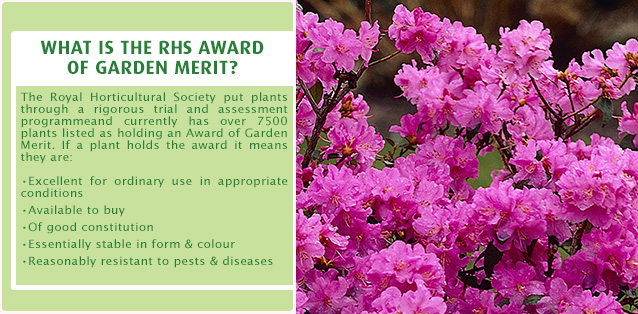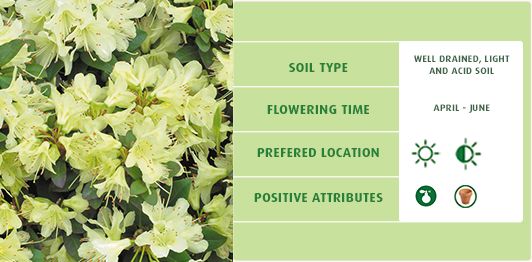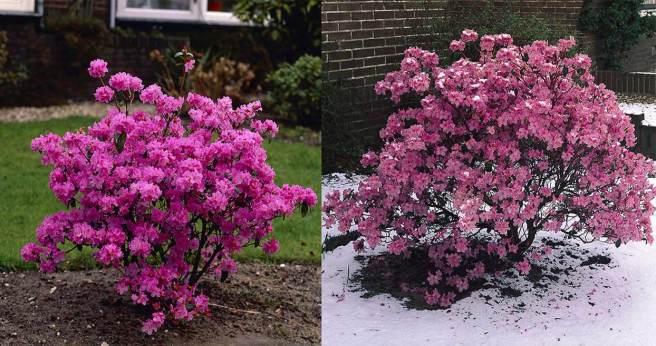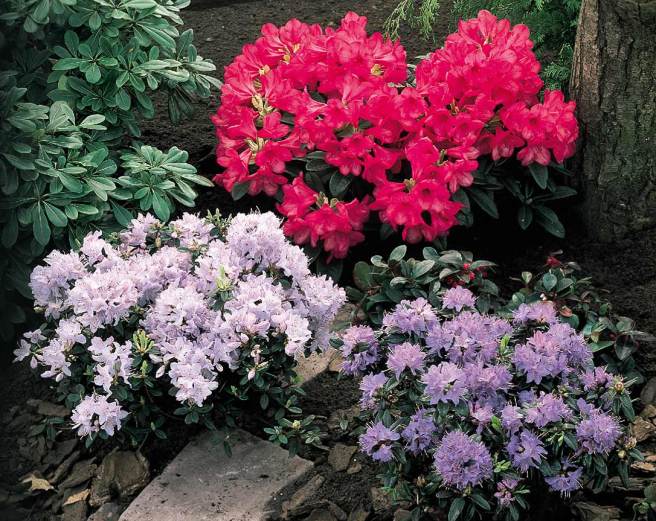Dwarf Rhododendrons
The stunning flowers of the Rhododendron have earned them a legion of fans, and quite right too! Some varieties of full size Rhododendrons will simply keep growing until they grow into giant trees, although you can prune them down, these larger varieties may not be an option in your garden.
This month we’re taking a look at some stunning dwarf varieties. The compact growth habit of these shrubs give them an outstanding formal appearance, making them ideal for small city gardens or courtyards where space is at a premium. They’re even small enough to slot nicely beneath taller shrubs in the border, or grow nicely in a rock garden.
Rhododendron Princess Anne


Rhododendron Dwarf Collection

Planting

You can plant out in March/April or in October.
Prepare the ground by digging in plenty of compost, neutral or acidic organic matter, or leafmold etc. Plant so the roots are covered, not too deep and apply a good layer of mulch lightly over the surface, don’t pack it down. Re-mulch and feed with an ericaceous fertiliser each spring.
Ericaceous fertiliser? This is for plants that are not as happy in limey soils. It’s a lime-free acidic compost that was habitually made with peat – however as awareness that adding peat to soils is bad for the environment you can now easily find peat free varieties to buy.
Dwarf varieties can cope with positioning in full sun but need evenly moist, well drained soils so keep on top of watering them in the hottest part of summer. Rhododendrons like lots of water and use rain-water if you can – you should particularly avoid tap-water if you live in a hard water area. As with larger Rhododendrons they won’t do at all well subjected to frost so take care to protect them and avoid areas you know are prone to it in your garden.
Rhododendron Praecox

Azaleas and Rhododendrons – what’s the difference?
Evergreen Dwarf Azaleas





